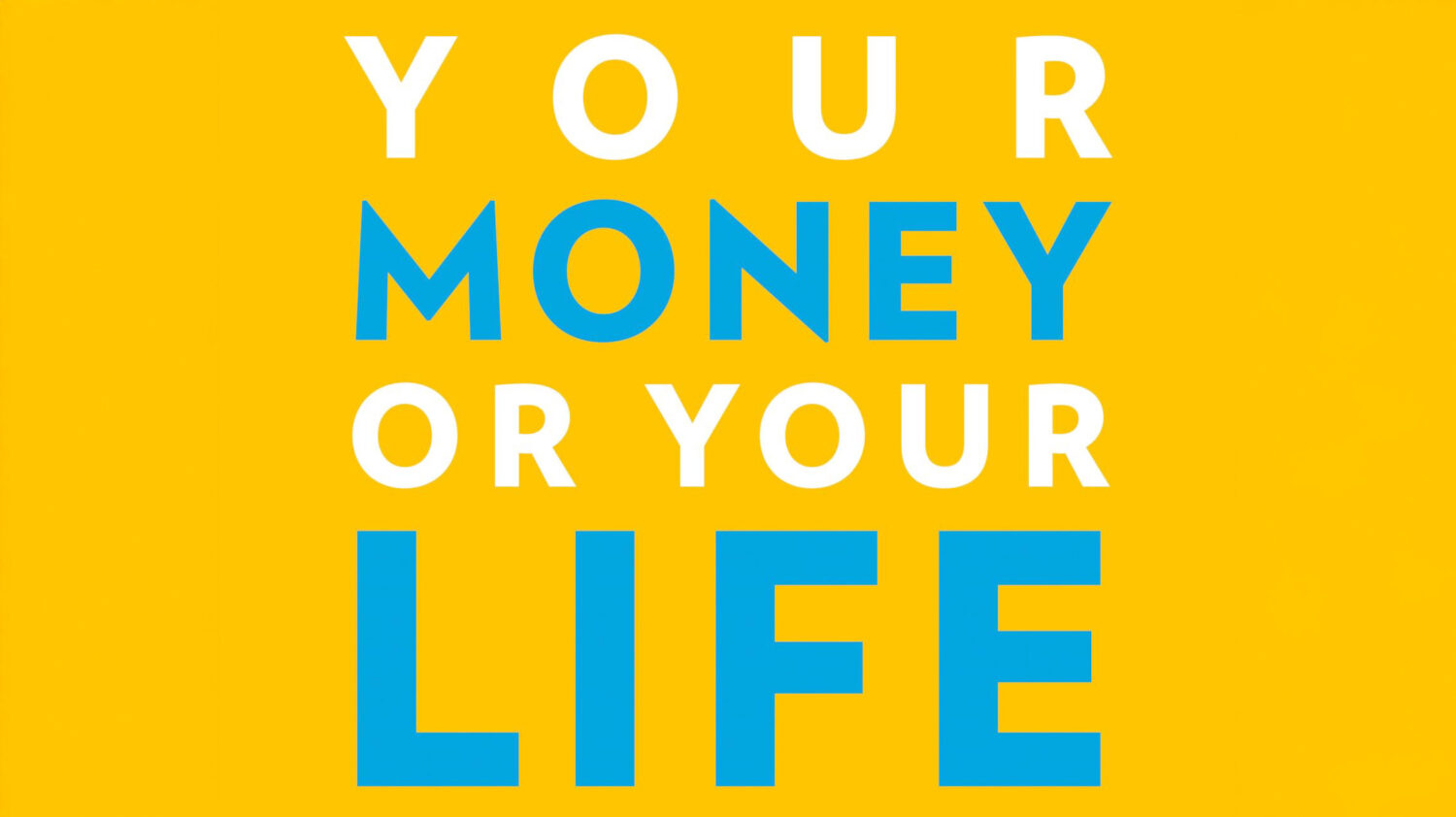The world of personal finance can feel like a daunting and complex place. The mantra “personal finance is personal” can sometimes make it feel like you need a tailor-made solution just for you.
In reality, there’s a wealth of personal finance resources that cut through all the noise to explain what you really need to know and do—which as it turns out, is the same for a lot of people.
Since I first dived into personal finance in 2019, I have read a ton of these books, mostly borrowed for free from my local library. Here are my top five, plus one I’m looking forward to reading next.
Your Money or Your Life
by Vicki Robin and Joe Dominguez
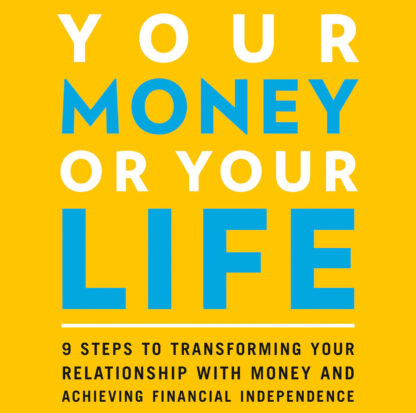
I have read Your Money or Your Life twice and purchased my own copy—that’s how valuable its contents are to me. This is the only book I have ever read that asked questions like:
- How much have you made over your lifetime so far? What have you got to show for it?
- How much does it cost for you to do your job? What is your real salary as a result?
- Does the way you spend money give you fulfilment? Does it match your purpose?
The book reframes money as a measure of our life energy. When we go to work, we agree to exchange a set amount of our life energy for money. So, the way we earn and spend money should really reflect who we are—and the things, people and experiences we want to have in our lives.
The natural next question is:
- How would this all change if you didn’t need to work for money?
And there lies the journey of the book, taking you through nine steps to reach financial independence, so you don’t need to exchange your life energy for money—and are free to focus on what truly fulfils you.
Your Money or Your Life completely changed the way I thought about money and I continue to apply its lessons today.
The Psychology of Money
by Morgan Housel
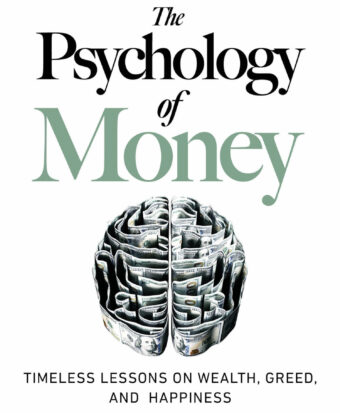
The Psychology of Money is a really entertaining read, offering bite-sized advice you can apply to help you reach financial freedom, with fascinating stories and evidence that proves the point.
Each chapter has a big title and summary concept at the start, which helps you remember the advice while you read the chapter and also afterwards. Examples include:
- “Save Money: The only factor you can control generates one of the only things that matters.”
- “Freedom: Controlling your time is the highest dividend money pays.”
Overall, The Psychology of Money is an accessible, rational take on the way we think about money and how that affects the way we manage and spend our money on our quest for financial independence.
Quit Like a Millionaire
by Kristy Shen and Bryce Leung
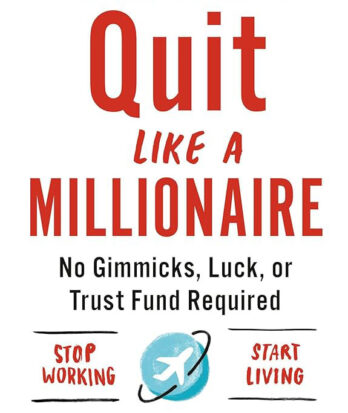
Quit Like a Millionaire is a straight-talking book that will give you the hard maths and joyful inspiration needed to get energized about the FIRE (Financial Independence, Retire Early) movement.
The authors retired in their thirties with a million dollars, and this book shares their personal stories and the methods they used to get there. Kristy’s story is particularly inspirational, as she goes from living in poverty in China to immigrating to Canada, before gaining financial freedom and travelling the world.
For me, the lasting impact of the book is the passion with which the authors write about their journey and their dedication to achieving their goal. They also take a no-nonsense “math it up” approach to decision making, which appeals to my logical and systematic mindset.
If you’re looking to get fired up about financial independence, Quit Like a Millionaire will do the trick.
Worry-Free Money
by Shannon Lee Simmons
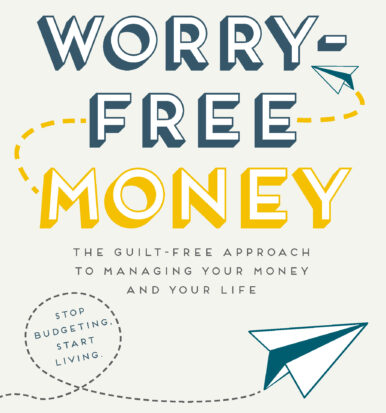
Worry-Free Money is great if you want to start managing your money, but hate the idea of a detailed budget. I read this book near the beginning of my financial journey and it helped me get started.
The aim is to simplify budgeting. As the book explains, all you really need to know is that you’ve got enough in the bank to cover your fixed costs, plus any savings goals. If there’s anything left, spend it on whatever you want, guilt-free.
I followed this advice and for years, this was how I set our budget up in Mint (Intuit’s now defunct personal financial management website).
Looking at our previous spending and regular bills, I then worked out:
- Our total monthly fixed costs (expenses I cannot change if I lose my job)
- Our monthly groceries and eating out costs (to be sure we stayed on track)
- Our total investment goal (that we could afford).
I made these categories in Mint, with one more for Guilt-Free Spending.
So it all started with just five categories, thanks to Worry-Free Money—an accessible read, full of fun, relevant examples, perfect for a beginner or someone who just wants to keep things big picture.
You Need a Budget
by Jesse Mecham
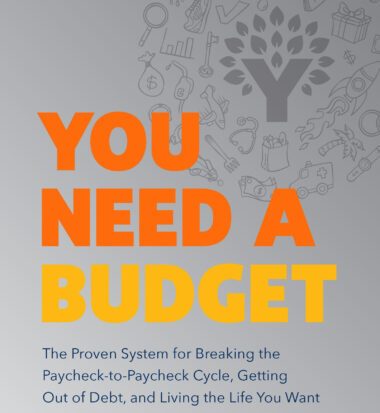
You Need a Budget is perfect if you want a more detailed approach, keeping a microscope on those pesky costs in an absolute, zero-based system.
The book explains the method behind the author Jesse Mecham’s budgeting app YNAB:
- Give Every Dollar a Job – create categories for your expenses and assign your money to them.
- Embrace Your True Expenses – include everything, from your monthly rent and quarterly energy bill to your annual life insurance bill and the car repair you know you’ll need eventually.
- Roll With the Punches – life happens, so if an unexpected expense comes at you, reassign your dollars from other categories as needed, rather than going into debt.
- Age Your Money – fund your categories ahead of time to break the paycheque to paycheque cycle.
The book gives tangible examples of how the author and YNAB users themselves have put these principles into practice, whether using cash and envelopes, a spreadsheet, a notebook or the app.
And that’s the key. You don’t need the app to follow this method. It works whatever format you choose.
So if you haven’t started budgeting yet and you’re looking for a detailed approach, but don’t necessarily want to sign up for the app or visit the website, then You Need a Budget is worth reading.
I read You Need a Budget years ago, but didn’t sign up to YNAB. I couldn’t justify spending money on a budgeting app. Wasn’t the whole point to save, not spend? So I stuck with Mint — it was free.
Then Mint closed down. So I tried out YNAB’s free trial.
I loved it. The detailed approach clicked with me immediately and now two years later, YNAB has helped me save up so much for travel, technology and true expenses.
If you want to sign up for the YNAB app, then click the referral button below to get the standard 34-day trial, plus an extra month free for you and me if you decide to subscribe.
The money book I want to read next
I Will Teach You To Be Rich
by Ramit Sethi
The title of I Will Teach You To Be Rich has put me off for years, but a few months ago, I decided to give Ramit Sethi’s YouTube channel a go.
I have been really impressed with his shorter videos full of valuable, direct, practical guidance, and his extended videos, in which he helps couples having money problems, with both expertise and empathy.
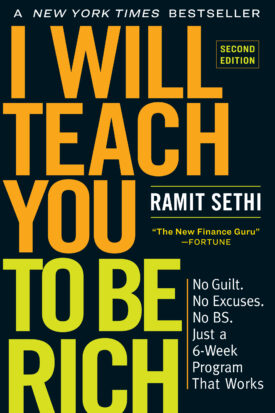
I now understand that when Sethi says “rich”, he doesn’t mean opulent wealth, but a “rich life,” in which people have enough money to live intentionally and spend on the things, people and experiences they truly value.
And that brings us full circle back to Your Money or Your Life. Happy reading!
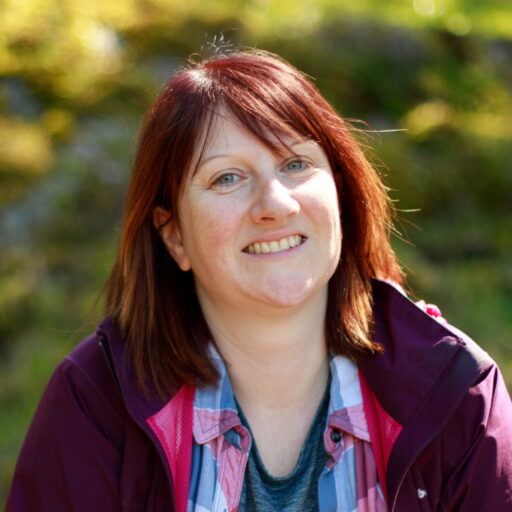
Feel overwhelmed by your finances? I can help.
Get kind, supportive personal finance coaching and practical strategies that put you in control.
Start Here